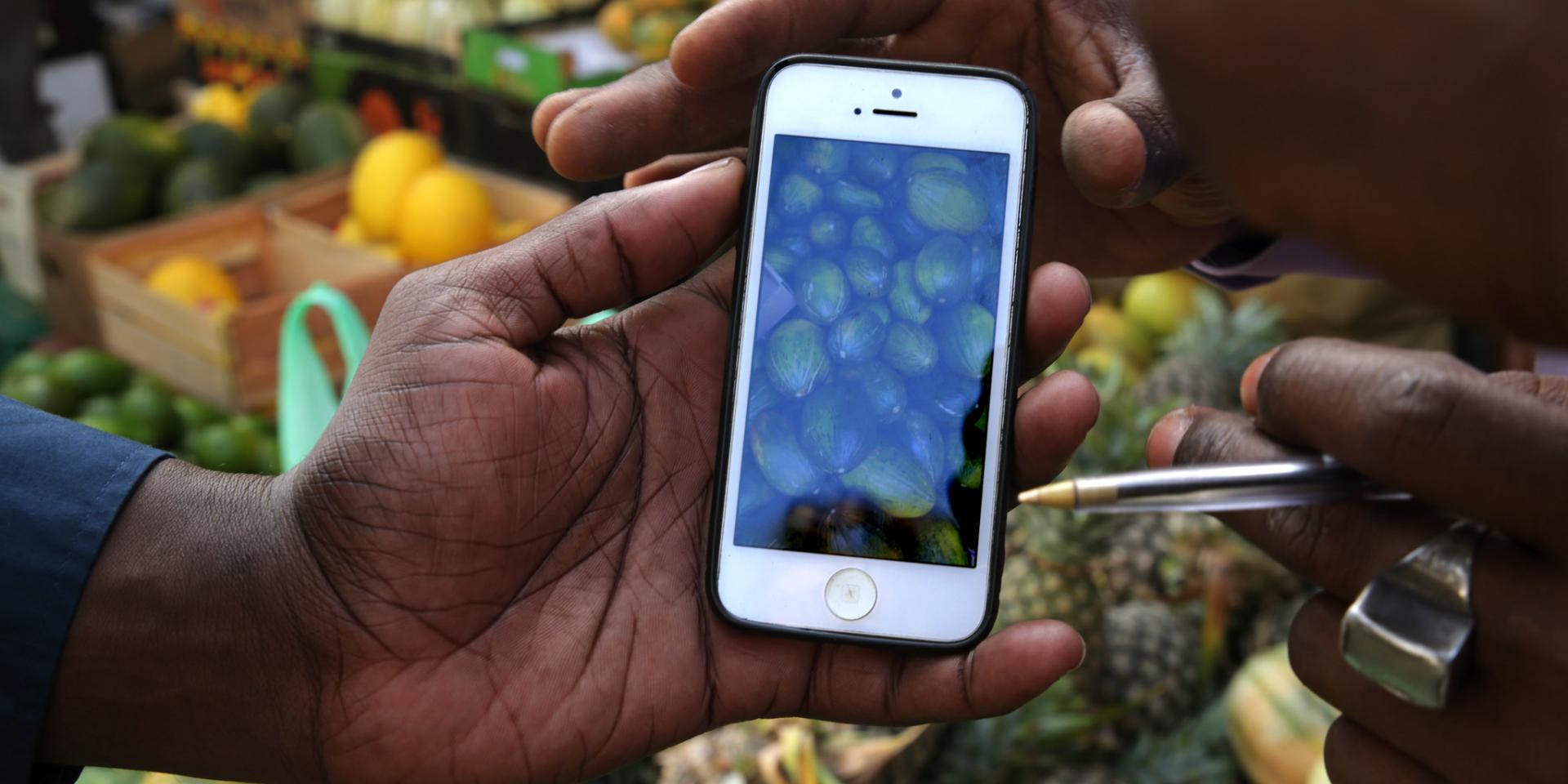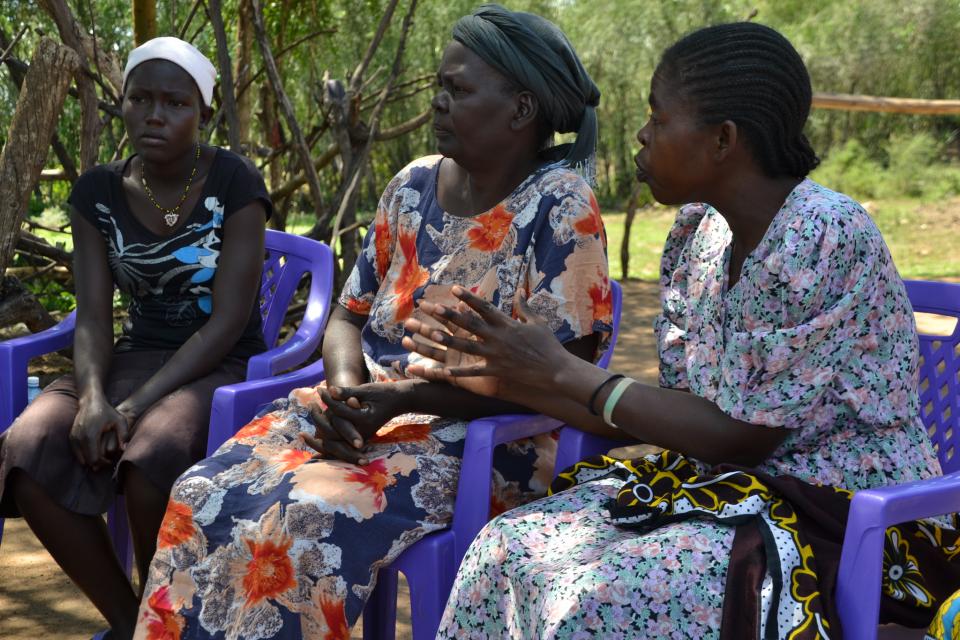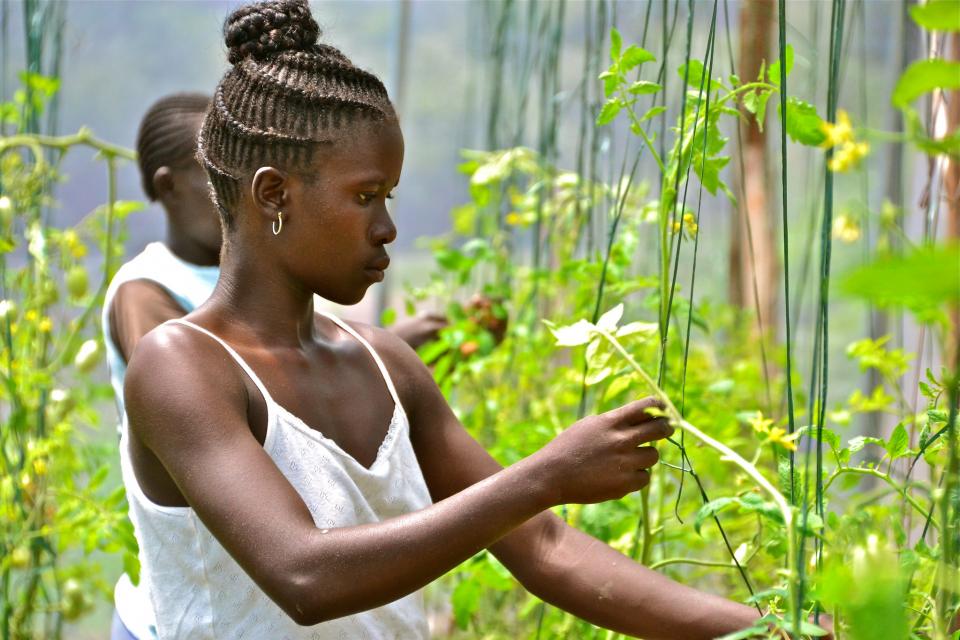Gender-transformative innovation requires more attention to social norms and consequences: conference wrap-up
 Photo: Melissa Cooperman/IFPRI.
Photo: Melissa Cooperman/IFPRI.
Innovation in agrifood systems must go beyond merely providing women farmers with new types of seeds or irrigation pumps—now, change in agrifood research and development requires something more socially sophisticated and transformative.
The 2023 international research conference ‘From research to impact: Towards just and resilient agri-food systems’ hosted by the CGIAR GENDER Impact Platform and the Indian Council of Agricultural Research (ICAR) took place in October 2023. In this series of blog posts, the leads of the event’s six themes reflect on key takeaways from the presentations and discussions that took place under each theme. Here Vivian Polar, Vidya Vemireddy and Jeffery Bentley explore Gender-responsive and -transformative agrifood systems innovations.
Gender innovation in agriculture no longer means simply reaching women farmers with new techniques from research. CGIAR and its partners doing research on agrifood systems are changing—responding to the priorities of local women and men, and seeing change as social, to transform the lives of women and men.
Plant-breeding innovations need to consider how people like to farm, cook and eat
The session Progress towards gender-intentional breeding confirms that gender research tools do help plant breeders respond to gendered demands, from maize in Kenya (Mariana García Medina, International Maize and Wheat Improvement Center), to cassava in Nigeria (Nwanze-Olaosebikan Olamide, International Institute of Tropical Agriculture). Reuben Tendo Ssali (International Potato Center) and colleagues find that in Uganda, where sweetpotato is seen as a women’s crop, farmers are not adopting new varieties because previous breeding efforts failed to include the quality traits that women and men consumers wanted, such as a firm, mealy root. Now, the G+ product profile query tool is helping breeders to respond to the needs of men and women farmers and consumers.
Much of agricultural research and development involves plant breeding, so it is a good place to start striving toward gender equity. But plant breeding must be accompanied by structural changes, such as empowering women with access to land and information, observed Vivian Polar (Gender, Monitoring and Evaluation Specialist; Gender research coordinator, International Potato Center).
Bundling technology with social change for innovations that make a difference
Projects can fail for social reasons, as we learned from Millicent Liani (International Institute of Tropical Agriculture) and colleagues at the Seeding gender equality session. Their Tanzanian study finds that it is difficult for women and youth to compete as cassava seed entrepreneurs, because they lack land, capital and agricultural extension. Women experience gender-based violence, have less decision-making power, and devote more time than men to caring for children and elders. To address these issues, cassava seed entrepreneurs and community leaders suggest raising awareness of women’s concerns with dialogue, theater performances and radio broadcasts.
In that same session, researchers presented a study of seed producers of five east and southern African countries. The analysis shows that men are more likely than women to engage in contract farming and in partnerships to grow and sell seed. Such institutional arrangements limit women’s participation in seed systems. Women are also likely to grow more beans for food security, while men produce the crop to sell seed. To achieve equality, policy needs to take the local gender contexts into account, as Eileen Bogweh Nchanji (Alliance of Bioversity International and CIAT) explained.
“While a seed system must carry the crop varieties that women want, we also need to address the tougher questions of gender inequality in seed systems,” said session rapporteur Sanchita Naha (ICAR–IASRI).
In Indonesia, women and men grow chili together, on the same plot. Female chili farmers can be encouraged to be leaders, but disagreements between spouses can lower household earnings, and undermine efforts to empower women. As Apri Laila Sayekti (National Research and Innovation Agency; BRIN) and colleagues show, male family members must be convinced of the importance of women’s leadership.
Equity principles can help all people receive the benefits of an innovation
Agricultural research for development should pay more attention to what happens once innovations reach intended users, as demonstrated in the session Proposed equity principles for transformative innovation. Equity principles include anticipating how innovation can change people’s lives, and ensuring fair and inclusive transformation.
Many well-intentioned innovations turn out to have unexpected consequences, which exclude some people from the promised benefits. For example, machinery designed for men may be burdensome for women to operate, and may reduce drudgery for male farmers, while women now have to work harder to weed the field and frighten away the birds. According to Erin McGuire (USAID Feed the Future Innovation Lab for Horticulture, University of California, Davis), Maria Boa Alvarado (Cornell University) and Eva Marina Valencia Leñero (International Maize and Wheat Improvement Center), such exclusions can be anticipated and avoided by using equity principles to work on transforming social norms while scaling up an innovation.
Benefit, empowerment and transformation are complex
The panel discussion Innovations for equity noted that all innovations are gendered, and while it is important to reach women, “not all women who are reached are benefited, not all who are benefited are empowered, and empowerment is not always transformational.”
The panel left us with this insight: “Recognizing women as farmers is the foremost measure needed to make innovations gender-transformative.” More importantly, perhaps, women must see themselves as farmers.
Many other important contributions to the conference theme of Gender-responsive and -transformative agrifood systems innovations focused on women’s poorer access to information, inputs, capital, markets, land, and appropriate technical solutions to solve complex problems and create more equitable agrifood systems.
As all the conference contributions showed, innovations are gendered, and technical “fixes” can fail to produce our intended impact unless they are gender-responsive and socially sophisticated. Achieving development with gender equality requires that all women and men—not just farmers—have equal opportunities to innovate, and to benefit from changing agrifood systems.


